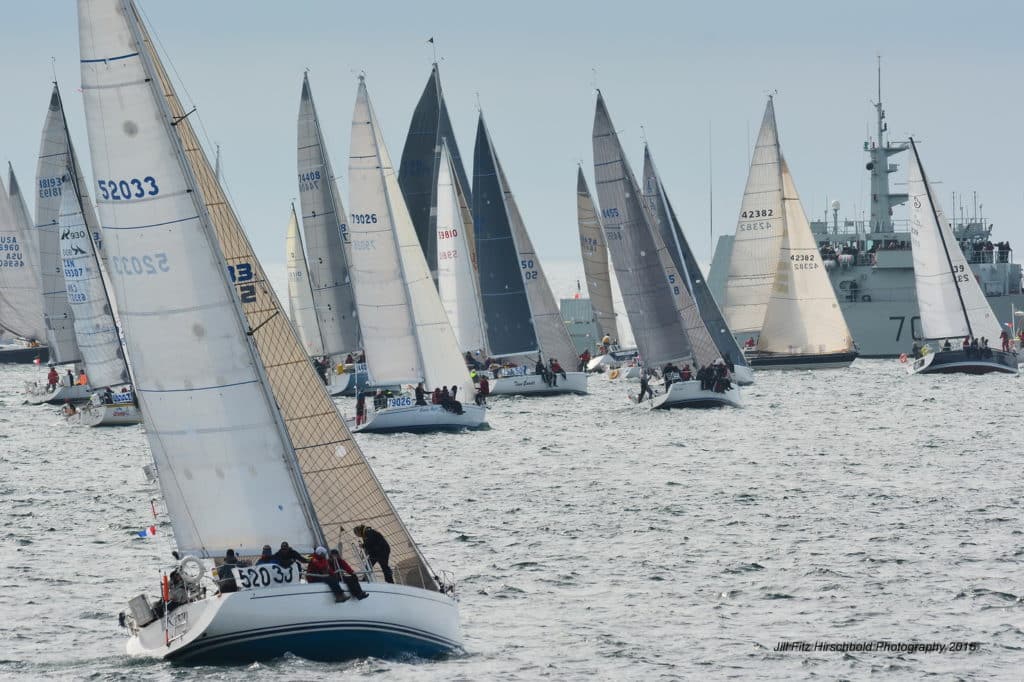
I was racing in the Swiftsure Classic, a 130-mile race from Victoria, British Columbia, up the Straits of Juan de Fuca and back. I learned — or, relearned — the value of consolidation during that race. We had a great start and started sailing the rhumb line. We could have set the code zero and maintained a course close to rhumb, but instead we set the spinnaker, forcing us to sail 20 degrees low. At first this seemed OK, but it became clear there was more wind offshore and less where we were. Our great start was all for nothing as the fleet sailed around us by staying close or above the rhumb line.
Lesson No. 1: Early in the race, do not split with your fleet unless you are sure you’re doing the right thing.
We got some better breeze and got back into the race, sailing well for 20 miles, staying in the pressure to the south and playing the shifts. Then the wind died.
A little while later, new wind was filling in from the north, and with our southerly position, nearly the whole fleet got it before us, causing another big loss.
Lesson No. 2: When things get unpredictable, look to consolidate your position by moving to the middle, where you have more options.
Now there were two weak winds fighting each other, one from the north and the other from the south. Most of the fleet opted for the northerly, which turned out to be stronger, at least initially. Eventually the wind did trend south, but by then we had lost so much to the north boats that it was too late.
Lesson No. 3: Sail to the better pressure, even if it is farther away.
We were far behind, but what could we expect after three major errors? We had a good second half of the race, but the damage was done. Sometimes you have to pay a real price to learn a lesson.









